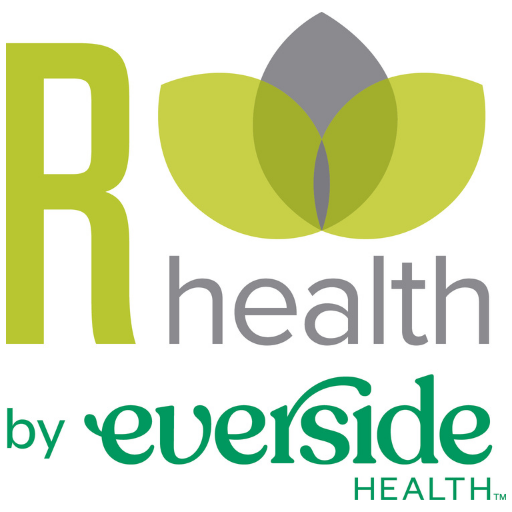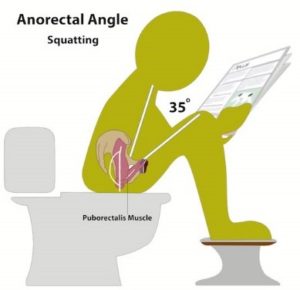Why Environmental Health Matters
Each first full week of April celebrates National Public Health Week. The goals of this week are to identify the issues that impact poor health and disease risks for individuals and communities and to start conversations and develop strategies that help build a healthier nation. Each day of the week focuses on a different aspect of public health, and our focus is Environmental Health.
Why is environmental health important? According to Office of Disease Prevention and Health Promotion (ODPHP) the environment plays a key role to the length and quality of your life. Poor environmental health is not only costly, but very hazardous. Per the ODPHP, 23% of all deaths (26% among children 5 years old or younger) are caused by preventable environmental factors. Therefore, to further understand it’s importance, below are some environmental factors that can affect your health.
- Outdoor Air Quality
- Poor air quality can lead to many issues: cancer, respiratory/cardiovascular system damage, and premature death.
- Surface and Ground Water
- Minimizing your exposure to contaminated water sources is important to your health as contaminated drinking and recreational waters from chemicals or infectious agents can cause serious illness.
- Hazardous Substances
- Substances like nitrogen dioxide from gas cookers or the removal of hazardous waste can filter into your water and air supplies, which when absorbed can be a dangerous health risk (especially for children).
- Climate
- Climate can affect air, food, water, disease risk, and mental health. It can increase asthma events and heat-related deaths, but can also impact sea level and cause natural disasters – which may spread diseases and also cause damage to your mental health during recovery periods.
- Homes and Communities
- With much time spent either at home, work, or school, your health can be impacted by the space you occupy: Indoor air pollution, inadequate heating or sanitation, or lead-based paint hazards can affect your health.
As you see there are plenty of environmental factors that can impact your health, but the Health Department at the University of Minnesota shared few suggestions on how to live a more sustainable life.
- Limit the use of toxic substances and unknown chemicals
- Buy organic, fair-trade products
- Carpool, bike, or use public transportation to prevent further air pollution
- Recycle
While there’s a need for long term sustainability to optimize public health, it’s important to take the initiative to ensure you’re living in a healthy environment. Check your homes, check the products you buy, but most important check in with your doctor to make sure you’re void of any disease risks.


